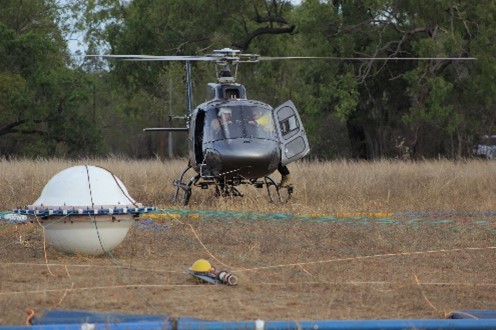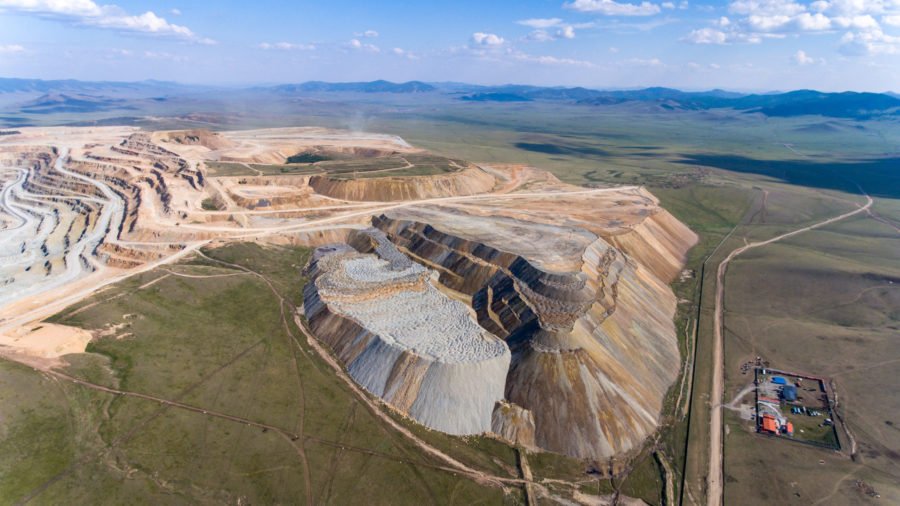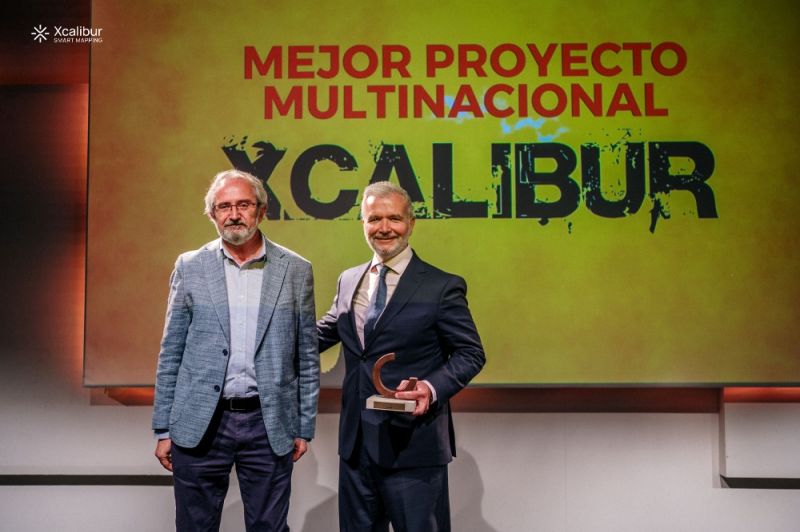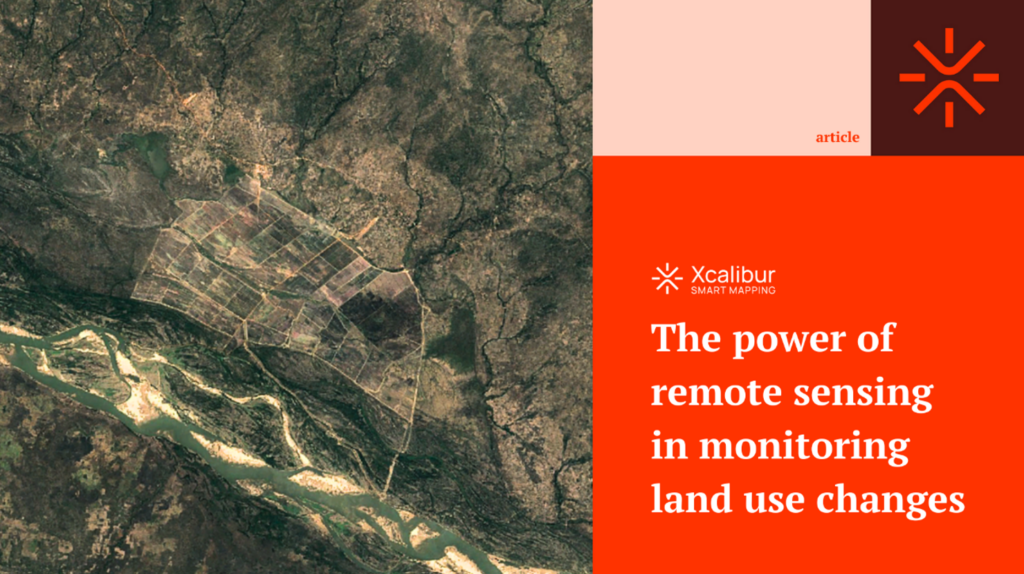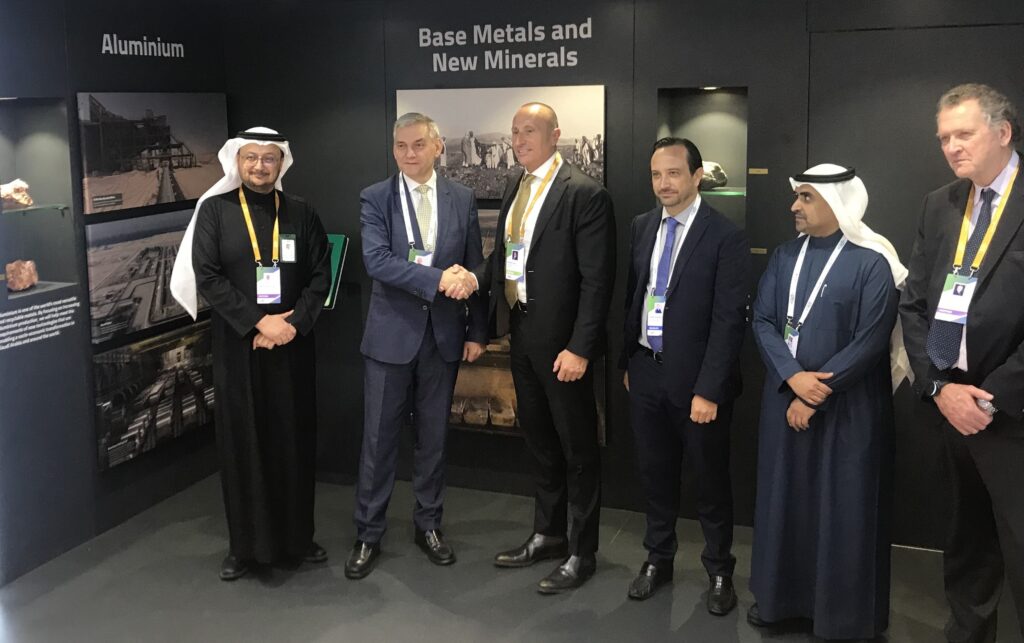Water Detection Solutions
Xcalibur Smart Mapping Towards Sustainable Water Management
The sustainable management of water is a global concern due to increasing scarcity and degradation of water resources. Access to clean water and its protection are critical challenges facing society today. Groundwater prospecting, salinity assessment, and pollution evaluation have become fundamental areas of research. Groundwater represents around 30% of the world’s freshwater, while only 1% is found in rivers and lakes. The United Nations includes it in its Sustainable Development Goals towards the 2030 agenda.
Aero-geophysics and Remote Sensing offer significant advantages in sustainable water management. These techniques allow for the identification and mapping of aquifers, estimation of their storage capacity, and assessment of their vulnerability to saline intrusion and contamination. They also provide essential information for analyzing groundwater flows, interaction with surface waters, and dynamics of hydrological processes.
GEOPHYSICAL METHODS FOR GROUNDWATER EXPLORATION
Among the most commonly used geophysical methods are Electromagnetics, including time-domain electromagnetic (TDEM) and frequency-domain electromagnetic (FDEM) methods. TDEM methods involve the transmission of short electromagnetic pulses and provide information about electrical conductivity and subsurface formation geometry. FDEM employs a constant frequency electromagnetic signal to measure subsurface responses.
Due to the current situation and the imperative of energy transition, Xcalibur has developed a solution called Water Detection Solution, which incorporates methods for the search for groundwater while also enabling the monitoring of surface variables related to the presence of aquifers in regional studies.
Surface and Subsurface Characterization Methods
Methods for the characterization of the surface and subsurface in the search for groundwater:
Aerial geophysics is a valuable technique used in the search for groundwater as it allows studying large regions in a short period of time with great precision.
Remote Sensing is a useful method in the search for groudwater as it allows monitoring surface variables related to the presence of acquiders in regional studies.
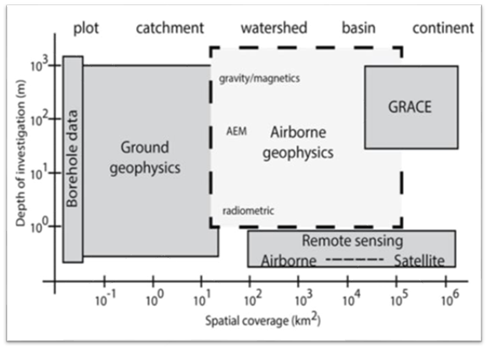
In this context, the TEMPEST®, RESOLVE® and HELITEM® technologies have demonstrated remarkable precision and reliability in data acquisition over more than two decades of experience.
These technologies have significantly advanced the precise mapping of natural resources, such as groundwater. Their use has been fundamental in achieving outstanding milestones in the research and mapping of these resources, serving as an example of how technology can make a difference in the exploration and sustainable management of our underground water resources.
Spectral images from remote sensors such as Landsat or SENTINEL, as well as radar images and Digital Elevation Models, and geological information of the area are used. Additionally, a wide variety of technologies in the field of airborne electromagnetic methods are available, including:
TECHNOLOGIES IMPLEMENTED IN THIS SOLUTION
Xcalibur’s RESOLVE®
A frequency-domain system that offers unparalleled horizontal and vertical resolution for airborne electromagnetic systems. It uses a set of coils with five widely spaced frequencies, providing the best possible sensitivity to geological targets, depth of penetration, and different forms of anomaly in vertical and planar conductive bodies.
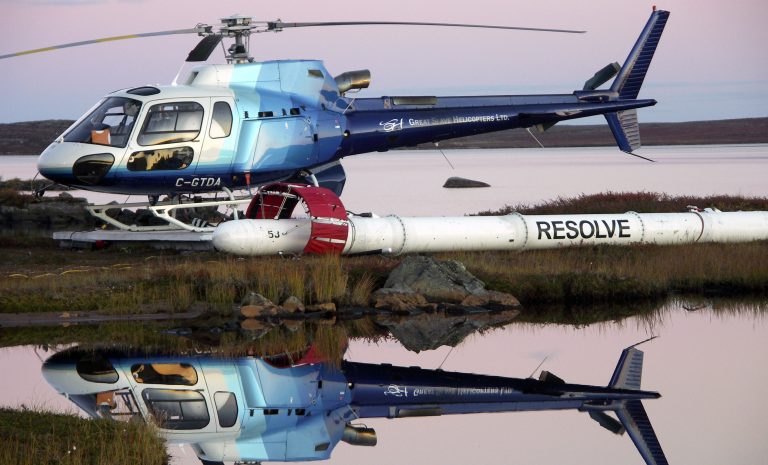
Xcalibur’s TEMPEST®
A leading fixed-wing airborne electromagnetic system in the frequency domain, offering high-resolution AEM data, wide bandwidth, and fully calibrated data for mapping and direct target detection applications. Its exceptionally wide bandwidth allows for resolving subtle to large conductivity variations from the surface to +400 m depth.
Xcalibur’s HELITEM®
A helicopter-borne electromagnetic system with patented and revolutionary developments for high-resolution low-frequency studies (up to 6.25Hz). It emits a high-power square waveform pulse to improve resolution and allows for imaging deep and conductive targets.
